As the head of marketing (or, as in many small businesses, the head of everything), you’re committed to sprucing up your company’s blog—or maybe starting one for the first time. You know your target audience, you’ve sketched out your content calendar, and you’ve done your SEO research.
There’s just one question left: how do you write a great blog post? With these five components:
Valuable Content
First and foremost, your blog post should provide value to the reader. It should answer their questions, provide information they're looking for, or teach them something new. I’ve seen too many executives and entrepreneurs avoid making their blog posts valuable for fear of “giving away the secret sauce.” It’s a fair concern, but when you’re just posting fluff, you’re not building trust or credibility with your readers.
Not sure where the line is between sharing value and giving away secrets? Here’s an example: If you’re selling cookbooks, you aren’t going to reveal all the recipes, but you can provide value by sharing details about the chemistry behind your most popular desserts, tips for processes the recipes require (like blanching vegetables or tempering chocolate), and maybe even a sample menu for a dinner party made entirely from your cookbook.
So be generous to your readers. When it’s time to make a purchase, they’re more likely to go with the company that has already helped them take steps to solve their problem than the one that hasn’t.
A Compelling Headline
The headline is the first thing a reader sees, and it needs to do two things:
1. Grab readers’ attention so they want to click and read more.
2. Give them an accurate idea of what they’ll find in the blog post.
Both are important, but the latter is critical. The grabbiest headline in the world may get you a lot of clicks, but if readers feel like they’ve fallen prey to clickbait—or a bait-and-switch—you’ll erode any trust and goodwill you’ve already built up.
What does it mean to grab readers’ attention, anyway? There’s a temptation to be flashy or punny or to go for shock value with every headline. And if that fits your brand and your blog post, then by all means. But for many readers, the most compelling headline is the one that promises to answer their question or solve their problem. So, my advice: keep it straightforward, and add a little pizazz when it makes sense, but don’t force it.
An Introduction that Hooks the Reader
Once you grab the reader's attention with the headline, you need to hook them with an introduction that draws them in and makes them want to read the entire post.
Just like you learned in middle school, this is where you “tell ’em what you’re gonna tell ’em.” In the intro, you want to establish two things:
Who your target reader is (in this case, someone in charge of marketing for their business) so someone who clicks into the article can tell right away whether they’re likely in the right place.
What problem you’re going to solve for them in this blog post (in this case, how to write a good blog post).
Keep it brief, and keep it clear. We all groan when we click into a recipe blog only to find we have to scroll for five minutes before we get to what we are looking for. Keeping that in mind when you start drafting your blog post will help you be sure to welcome readers to your post and then dive right into the good stuff.
Easy-to-Read Format
As you get into the meat of your post, keep it easy to read. Your audience is busy, and they want to be able to navigate quickly through the post to grab the valuable details without having to wade through a wall of text.
As a rule of thumb, I advise bloggers to think Buzzfeed over the New Yorker as they’re structuring their posts.
This means frequent subheads to act as signposts through the piece, bullets and numbered lists where possible, relevant visuals (or even videos if that makes sense and you have the resources), and short paragraphs that make the text easy to scan.
A Call-to-Action
Finally, a great blog post should be just the beginning of a conversation, and if you want it to continue, it’s your job to let readers know how. So, at the end of your post, include a call-to-action that invites readers to take the next step, whether it's to sign up for a newsletter, learn more about your product or service, or even make a purchase.
When they’re written with these five components in mind, your blog posts will be a valuable piece of your content marketing strategy and help you build strong relationships with your target audience. If you’re looking for help crafting compelling blog posts on a regular basis, please reach out! I’d love to chat about how I can help you keep your business’s blog running like clockwork.
